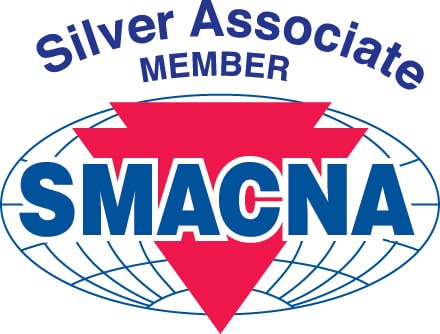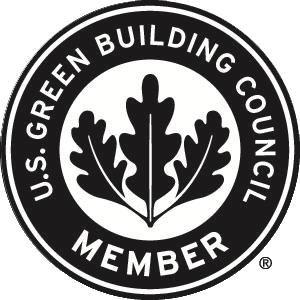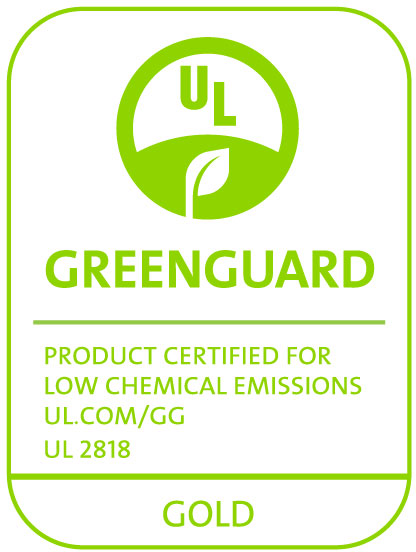Mold resistant insulation is an important consideration to prevent the dangers of mold. Molds belong to the fungi kingdom, and unlike plants, they lack chlorophyll and must survive by digesting plants and other organic materials. Molds generate tiny spores to reproduce, and these spores are ever-present in both indoor and outdoor air currents. When mold spores land on a damp or wet surface, they begin to grow and reproduce from the organic food (i.e. dust, dirt, etc.) and moisture on the material’s surface.
Molds present in different colors on surfaces such as white, black, red, orange, and gray. Black is indicative of mold that has eaten down below the surface of the material and is often the most difficult to remove.
It has been well documented that mold growth causes toxic risks to human health such as headaches, breathing difficulties, allergic and irritant reactions, asthma, hypersensitivity pneumonitis, and opportunistic infections.
It’s not a matter of if, but when, mold spores enter a building through openings such as windows and doors, pipe penetrations, open seams in the building envelope, outdoor air intakes, and roof leakage. Additionally, mold typically grows at ambient temperatures ranging from 40°F to 100°F and relative humidity above 55%.
Since molds can digest most organic matter, moisture control is the determining factor since they cannot grow without water. Sources of moisture in buildings include roof leaks, condensation on building mechanical systems, pipe leaks, deferred maintenance, malfunctioning humidification systems, and uncontrolled humidity to name a few.
This post is not intended to address mold remediation, but rather how to proactively prevent opportunities for mold growth in the first place. Limited or uncontrolled mold growth in buildings poses significant liability and real costs to building owners so it is critical to factor in a mold-resistant insulation strategy to building mechanical systems during the design stage.
A building material that is commonly associated with mold growth is insulation. Building insulation (i.e. wall cavities, roofs) and mechanical insulation (pipe, duct, and equipment) are all susceptible to mold growth. Since mechanical insulation is often installed in areas that are not easily accessible for maintenance, insulation material selection is critical. It may be next to impossible to keep organic food sources such as drywall dust, dust, and dirt off the insulation surface, but controlling condensation can be achieved with the proper insulation type and thickness (and jacket if required).
One of the most common insulation types for building mechanical systems is fiberglass, an open-cell fibrous material, due to its low material cost. To prevent the potential for moisture damage and resulting mold growth, a jacket (metal or PVC) is often specified and installed.
An alternative to a jacketed fiberglass system is closed-cell elastomeric foam rubber pipe, duct, and equipment insulation. Due to its closed-cell structure and smooth outside skin, it offers a built-in vapor retarder so jacketing is not required unless there are concerns with the potential for mechanical damage, direct UV exposure, or an extreme operating environment (high ambient temperatures and relative humidity).
Most hygroscopic elastomeric insulation manufacturers add an EPA-registered biocide to their product during the manufacturing process to prevent the potential for mold growth on the surface of their insulation.
Aeroflex’s Aeroflex® brand of EPDM elastomeric insulation is mold-resistant due to its hydrophobic chemistry (does not react to or induce moisture). EPDM rubber is also inherently microbial-resistant so EPA-registered biocides are not added during manufacturing. Aeroflex also meets industry standards such as ASTM G21 Standard Practice for Determining Resistance of Synthetic Polymeric Materials to Fungi and UL 181 Section 13 Standard for Factory-Made Air Ducts and Air Connectors.
In addition to controlling a building’s operating environment and routine insulation maintenance, specifying and installing closed-cell elastomeric insulation with the correct thickness to control condensation can address a building owner’s mold management requirements while delivering a favorable mechanical insulation life cycle cost.
Read more about how closed-cell elastomeric insulation can protect pipes from moisture and mold here.
Sources:
https://insulation.org/io/articles/mold-mildew-and-insulation/
https://www.astm.org/Standards/G21.htm
https://standardscatalog.ul.com/ProductDetail.aspx?productId=UL181












